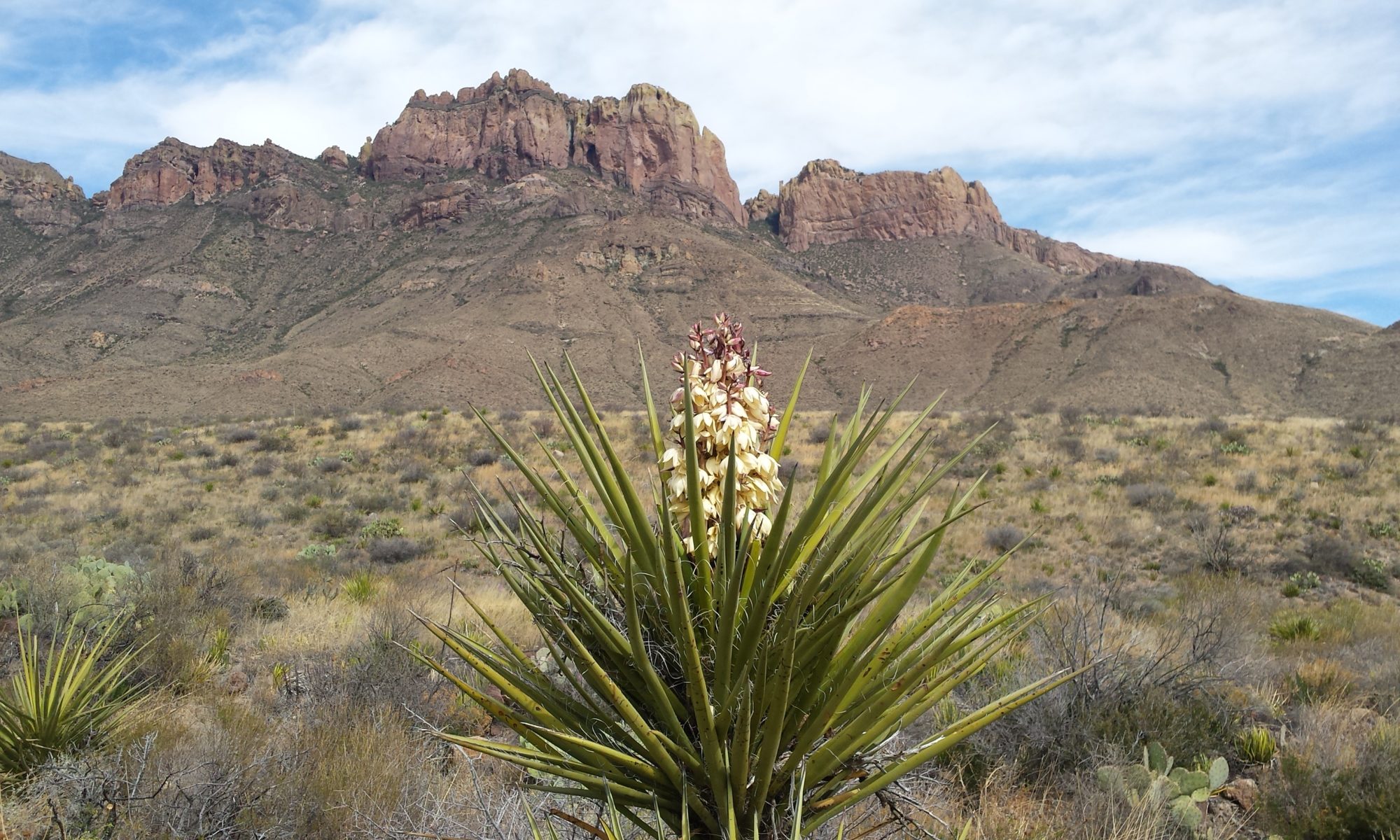I am allergic to bees (and every other related insect). I have been since I was born. I am also an avid outdoors woman both personally and professionally. The only two times I have been stung by a bee have been in urban environments. First, when I was a very young child which led to the discovery of my allergy. The second time was close to fifteen years ago while crossing a parking lot. That time left me unable to walk for almost ten days until the swelling went down. Does that mean I don’t carry an epi-pen or epinephrine in the backcountry? I’ve never been stung there. I’m extremely aware of my surroundings while outside, especially when I’m far from medical help and when bees are present. Likely, I won’t get stung. However, I still carry an epi-pen. Why? Risk Management.
Risk Management was not something I always practiced. Certainly, I went on numerous hikes where I didn’t bring a rain jacket because it simply wasn’t raining at home and paid the price by getting drenched. Or there have been times when I hiked in the desert with less than a liter of water only to recognize very quickly I needed to turn around. But since I have become a professional outdoor guide and educator I have upped my game when it comes to risk management.
I wear a face covering when I’m recreating outdoors because I am practicing risk management. Do I think I am going to get COVID-19 while hiking, biking or running outside? Honestly, no. I believe being outside is one of the safest places to be at this time. I have not had the virus. I have not had any symptoms of the virus. But do I know for sure that I am not an asymptomatic carrier? No. I have not been tested by a medical professional. And the reality is, neither do you as you pass by me on that single track trail. In the same sense that I don’t know if you are an asymptomatic carrier while you’re passing me.
Yes, I’ve read and continue to read all the CDC guidelines, recommendations and updates about COVID-19. I even read, pretty regularly, the CDPHE policies. I have done what was asked of me by my Governor and Mayor – to stay at home and recreate close. Living in the heart of Denver doesn’t leave much in terms of potential outdoor places outside of a manicured city park. I’ve opted for relatively close state parks instead of my two plus hour backcountry jaunts. Definitely, I feel the pull of needing the mental release the outdoors has afforded me. Cabin fever is real and despite the enjoyment of my apartment it doesn’t always compare to sleeping under the stars. Emotionally not sleeping in my tent has been really challenging – no stars, no fresh air, etc. Now as I begin to get my hiking legs ready for what I hope will still be a successful season I’m changing my routine slightly.
The ten essentials is a suggested list of items that hikers, in particular, should always bring with them when recreating. None of these items are required but the list has been compiled as practical risk management. Recently organizations and outdoor groups, such as the National Park Service, are including face coverings and hand sanitizer to the list. I know wearing a mask doesn’t protect me from you. It protects you from me. However, for some reason, there is a lot of anger about being “required” to wear a mask or face covering. I can empathize but I don’t think its an excuse. Regardless of others opinions, a face covering has been added to my list of required items.
So, if you see me on the trail with my face covered, don’t be alarmed. Its just risk management.
